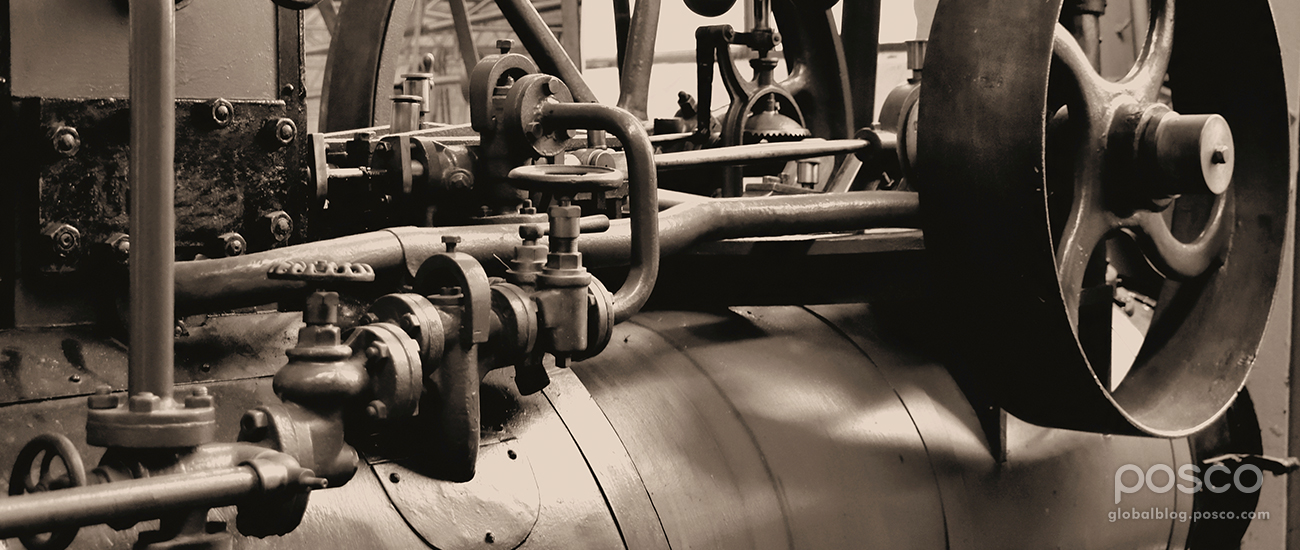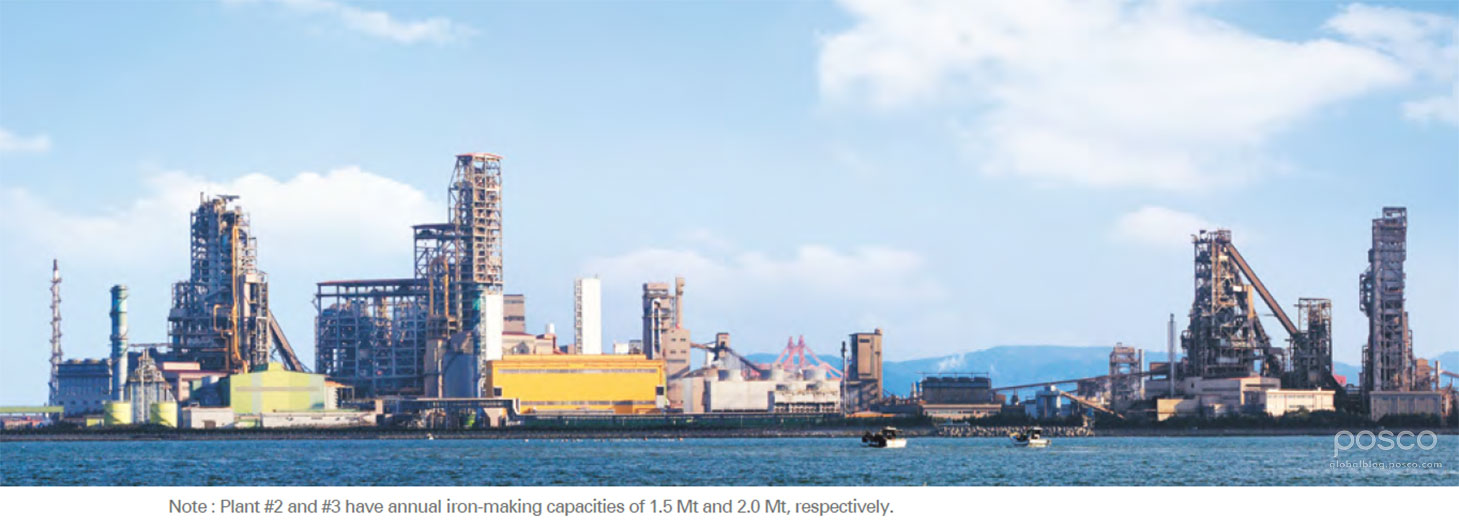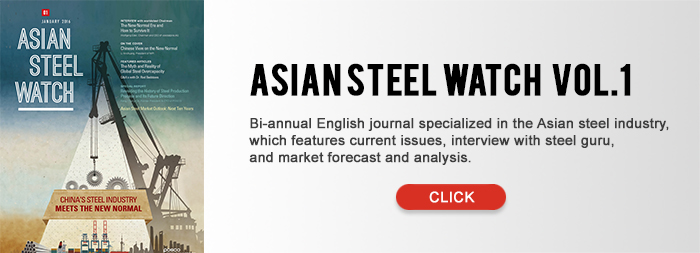The production of iron by humans began sometime after 2000 BCE in Southwest or South Central Asia. Iron was used instead of bronze to make a variety of items, including weapons. This shift occurred because iron, when alloyed with a bit of carbon, is more durable, and holds a sharper edge than bronze. This transition marked the beginning of the Iron Age.
Iron Age
 During the Iron Age, semi-solid steel, produced by simply reducing iron ore, was forged to create farm implements and weapons. It was not until the mid-14th century that liquid iron was extracted directly from iron ore. This became possible because high temperatures were reached with furnace bellows operated by waterwheels.
During the Iron Age, semi-solid steel, produced by simply reducing iron ore, was forged to create farm implements and weapons. It was not until the mid-14th century that liquid iron was extracted directly from iron ore. This became possible because high temperatures were reached with furnace bellows operated by waterwheels.
For over 3,000 years, until replaced by steel after 1870, iron formed the material basis of human civilization in Europe, Asia and Africa.
The Industrial Revolution in England
In the late 18th century, during the Industrial Revolution in England, the invention of the steam engine by James Watt enabled the blasting of air into the blast furnace with a machine. This made the mass production of iron possible.

While the iron making process had been centered on the coke blast furnace for 300 years, the steel production process has made leaps and bounds in the past 160 years.
Around this time, the S-Martin open hearth furnace appeared. Though it required an external heat source and its productivity was relatively low, it permitted a wide range of iron resources and allowed easy control of the temperature and composition of molten steel.
The S-Martin open hearth furnace became the predominant method of producing liquid steel for about a century, until the appearance of basic oxygen steelmaking in the 1950s.
Basic Oxygen Steelmaking in the 1950s

Basic oxygen steelmaking and continuous casting processes developed in the early 1950s are considered the most innovative technologies in the history of the steel industry. The two processes replaced the open hearth furnace and the slabbing and blooming process in integrated steel mills.
The integrated steel mills have many advantages such as high productivity, cost competitiveness and the ability to produce a wide range of high-quality steel products. However, they require large-scale facility groups with complex process configurations across a large land area. Other disadvantages include the generation of large quantities of environmental pollutants from the use of fossil fuels.
In the late 1980s, major global steel companies and research institutes led research and development activities to address the disadvantages of basic oxygen steelmaking in integrated steel mills. The focus was placed on developing new processes to replace the existing blast furnace in iron making.
POSCO’s FINEX technology

FINEX technology is one such new development. POSCO began researching FINEX technology in 1992, and successfully launched a pilot plant with an annual production capacity of 600,000 tons in 2003. At present, two FINEX facilities are in operation at POSCO Pohang Steelworks. One plant, launched in 2007, has an annual capacity of 1.5 million tons, and the other, opened in 2014, has an annual capacity of 2 million tons.
POSCO also plans to build another FINEX technology facility soon, but this time it will be located outside of Korea. POSCO recently signed a memorandum of agreement with Iran to build a FINEX technology steel mill in the Middle East country.
FINEX combines the iron making processes of sintering, coke making and blast furnace into one process. It allows the direct use of low-grade fine ore and coal without preliminary processing. This process dramatically reduces the generation of air pollutants such as SOx, NOx and dust.
The changing environment of the global steel industry
The attention of global steel companies is now focused on reducing greenhouse gas emissions and adjusting to the stricter global regulations on air pollution. These regulations are expected to expedite the restructuring of steel production facilities.
As a result, environment-friendly and innovative iron making technologies are expected to become commercialized soon. This would enable the use of low-grade raw materials across the globe. With the development and expanded utilization of new clean energy sources, steel production will depend increasingly on the utilization of economically produced steel, such as Direct Reduced Iron.
The future direction of the steel production process
According to the report, the steel production processes of the global steel industry are expected to move in three directions. First, large-scale seaside integrated steel works will continue to be highly competitive. Second, the expected increase in steel scrap availability and low-cost production of Direct Reduced Iron will increase the economic feasibility of procuring iron resources.

Third, inland regions in China, India and other large continent countries who are at a geographical disadvantage are expected to build simplified, compact, environment-friendly alternatives to outdated blast furnaces.
The three steel production processes are expected to coexist to produce low-grade raw materials and secure a smooth supply of steel products in inland regions where demand is forecasted to grow. This is expected to bring balanced and continuous growth for the global steel industry.
The steel industry has evolved and developed throughout history and thanks to the superior characteristics of steel materials and economic mass production it will continue to be an integral part of our lives for many more millennia to come.
Related Link:
In Southeast Asia, Surging Imports Lead to Rising Trade Barriers
The Future of Manufacturing in Korea
China’s Era of New Normal and its Implications on the Steel Industry
The Myth and Reality of Global Steel Overcapacity
POSRI Releases First Edition of Bi-Annual English Journal “Asian Steel Watch”

